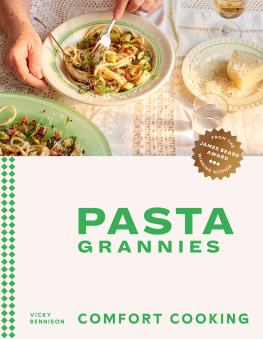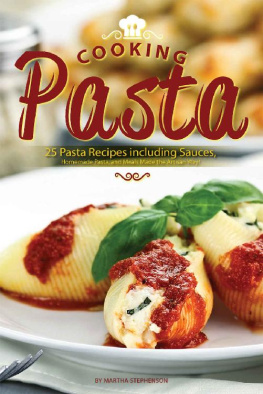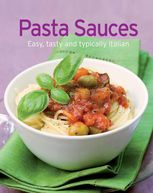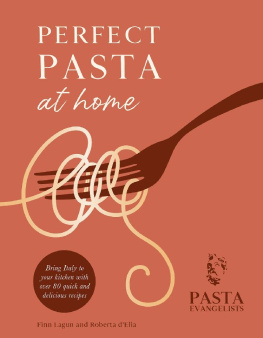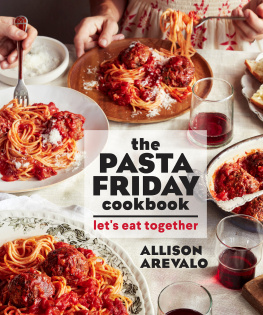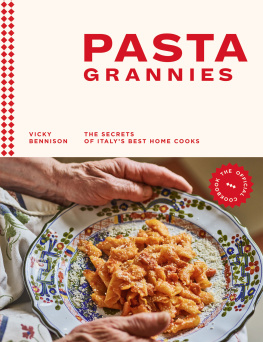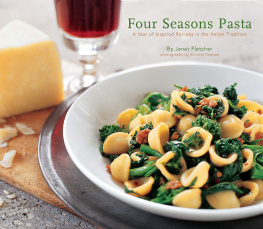

Welcome to the second volume of recipes and stories from Pasta Grannies! Back in 2015, when the YouTube channel first got going, my aim was to collect all the handmade pasta shapes to be found in Italy. That still is an objective, but the project has evolved. Six years later, people tune in for the Pasta, but stay for the Grannies. I didnt plan it this way, but the channel offers a double dose of comfort thanks to the cooking (of course) but, more importantly, the women we film. I know, because folks write and tell me. From the overwhelmed intensive care doctor who wants to be reminded that hard times will eventually pass, to the grandmother who makes the Friday video an event to be watched with her grandchildren, the Pasta Grannies cheerfulness and resilience is a source of joy, solace and inspiration.
However, they are not cute. Here are ladies who remember a time before antibiotics became widely available, lived through the Second World War, had to grow or forage for food before it could be eaten, were manual labourers from an early age all while cooking for their family. And they are still smiling. They know good food, cooked from scratch, nourishes not only the body but also our emotions and creates connection whatever the weather or the times we live in.
Making pasta, through the decades and at the moment of creation, is meditative to do and soothing to watch. It is the antithesis of fast food and instant microwave fixes; it makes one slow down and focus on something we can create. And it reminds you of your own grandparents while creating your own traditions.
This book is a response to that affection. Ive selected those recipes and episodes which are most popular with the two million of you who follow Pasta Grannies, the ones that you all find inviting and take most comfort from. This means you will find more than pasta dishes in this book. There are several pasta al forno baked pasta recipes, for example, because everyone loves a lasagna and its relatives; Maria and her pork and sage lasagna has been the top-viewed video for several years. Pasta means dough in Italian, and theres a chapter devoted to rustic pizza and crunchy pies. Rice recipes pop up all over Italy; who could say no to a creamy risotto or a large arancino, an oozy in the middle, deep-fried rice ball? And, of course, there are dolci, (desserts), such as the classic tiramis with its origins in grannies treating their grandkids with a little whipped sugar and egg; and the lesser known but decidedly moreish buttery, fried apricot gnocchi. There is something for everyone: Buon appetito!
The internet is full of rules about pasta-making and all the things that people get wrong; take no notice of these posts and articles, they are just creating barriers to enjoyment. Our nonne have been making pasta since they were children, so dont worry, its not complicated. And sure, the first occasion you make pasta it might come out a little thick, or the pasta sheet might tear; but there is always next time, and it will still taste great even if you havent managed to roll out a perfect circle of dough.
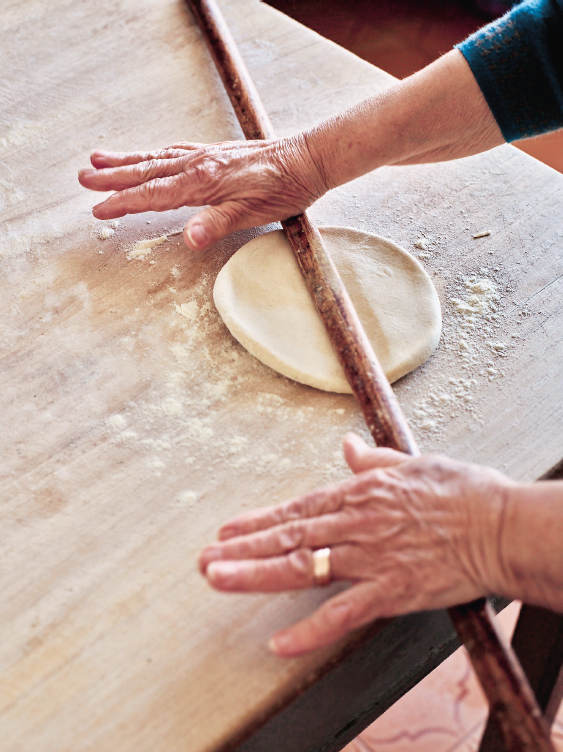
THE TOOLS
There are several pasta shapes you can make where the only tools you need are your hands see , for one example. For others, a few simple tools are required. These are some of the questions Im most often asked about pasta-making kit:
WHY SHOULD I USE A WOODEN ROLLING PIN TO ROLL OUT MY PASTA DOUGH?
Using a wooden pin on a wooden board creates the best-textured pasta with a slightly roughened surface, making it ideal for sauce to cling to.
I DONT HAVE A LONG PASTA ROLLING PIN. WHAT SHOULD I DO?
The answer to this question will depend on the pasta you want to make.
A long rolling pin, known as a mattarello, (90 cm/35 in or more) is used for egg pasta dough which is rolled into a sheet called a sfoglia.
If your rolling pin is about 30 cm (12 in) long and the dough uses 300 g (10 oz/2 cups) of flour, then you will have to cut the dough in thirds and roll three sfoglie. This is because the dough can be rolled into a sfoglia about 80 cm (31 in) in diameter, and using a small rolling pin will result in creases caused by its ends. The dough will also be uneven.
In other words, your rolling pin should always be longer than the diameter of the sfoglia you plan to roll out.
If you know you are going to roll out egg pasta regularly its worth buying a good rolling pin do a search on social media with the hashtag #mattarello. What is most important is: it shouldnt warp. A bowed rolling pin will give you uneven dough. So, make sure the maker uses seasoned wood.
If you are an occasional dabbler, then I suggest you go to your local hardware store or timber merchant and, along with the , buy a wooden dowel or pole. They come in different diameters and can be cut to the length you want. Carlas rolling pin is a table leg, for example.
These dowels are likely to end up warping, but theyre cheap, so get another one and use the older one for hanging your tagliatelle; simply balance it between two chairs.
If you are rolling out semolina flour dough, normal-length rolling pins will be fine because one doesnt make ultra-thin pasta sheets with them.
DO I NEED A SPECIAL PASTA BOARD?
Yes. All our signore have dedicated pasta boards. This is because they dont want the dough picking up other flavours (e.g. onion) from the wood. Also, they only scrape and wipe down their board with a dry cloth to clean them. Wood magically wicks away moisture (silicone and plastic arent great for working with pasta so avoid them). Unsealed marble is okay but its not portable. You want a pasta board to be large; and even if you intend to buy rather than commission or make a board, do read the next section so you are aware of what to look for in a board.
HOW CAN I MAKE MY OWN PASTA BOARD?
Im often asked this question! The ladies boards tend to be ones made with whatever wood is available locally. This can be chestnut, cherry, beech, maple, birch, but not pine (too splintery) or olive (which twists eventually). You can spend a bit and commission an artisan-made one, or you can go to your local timber merchants who may be able to cut some solid wood for you; otherwise get some thick, not chemically treated, marine-grade birch plywood. You will need to add a lip under one long side to anchor it on the counter or table edge, and to stop it from slipping when you roll out the dough. Also, you will need to decide where you are going to use it, because this will determine its maximum size, and how you are going to use it, because a sfoglia egg pasta sheet will need more space than if you are only ever going to make cavatelli. Several nonne, in fact, use a wooden table or madia, a splendid design which looks like a deep chest of drawers, with a dough trough beneath the top that doubles as a pasta board.
Dont oil or seal the surface of your pasta board just give it a light sanding.
IS IT OKAY TO USE A PASTA-ROLLING MACHINE?
Of course you can! Choose whatever method suits you. There is a difference in the texture of pasta rolled by machine rather than by hand its more slippery but it depends on how much of a pasta obsessive you want to be. I personally think that by the time youve anchored the gadget to a suitable work surface, cut the dough into chunks, folded it each time before feeding it through the rollers and so on, it is just as quick if not quicker to roll it out with a pin. The stand alone electric motor ones are fun but are primarily for folk who make one heck of a lot of pasta.
Next page
